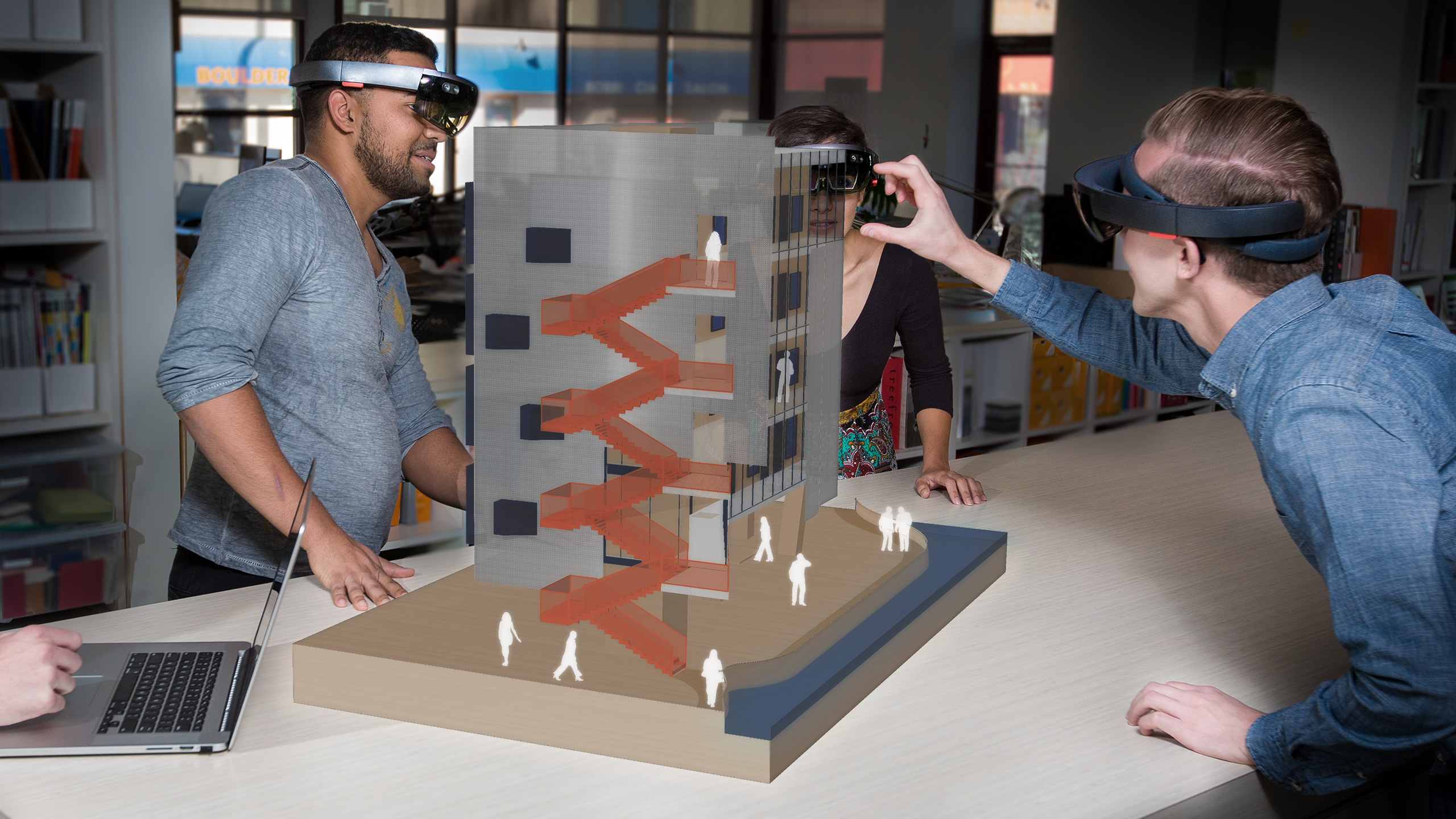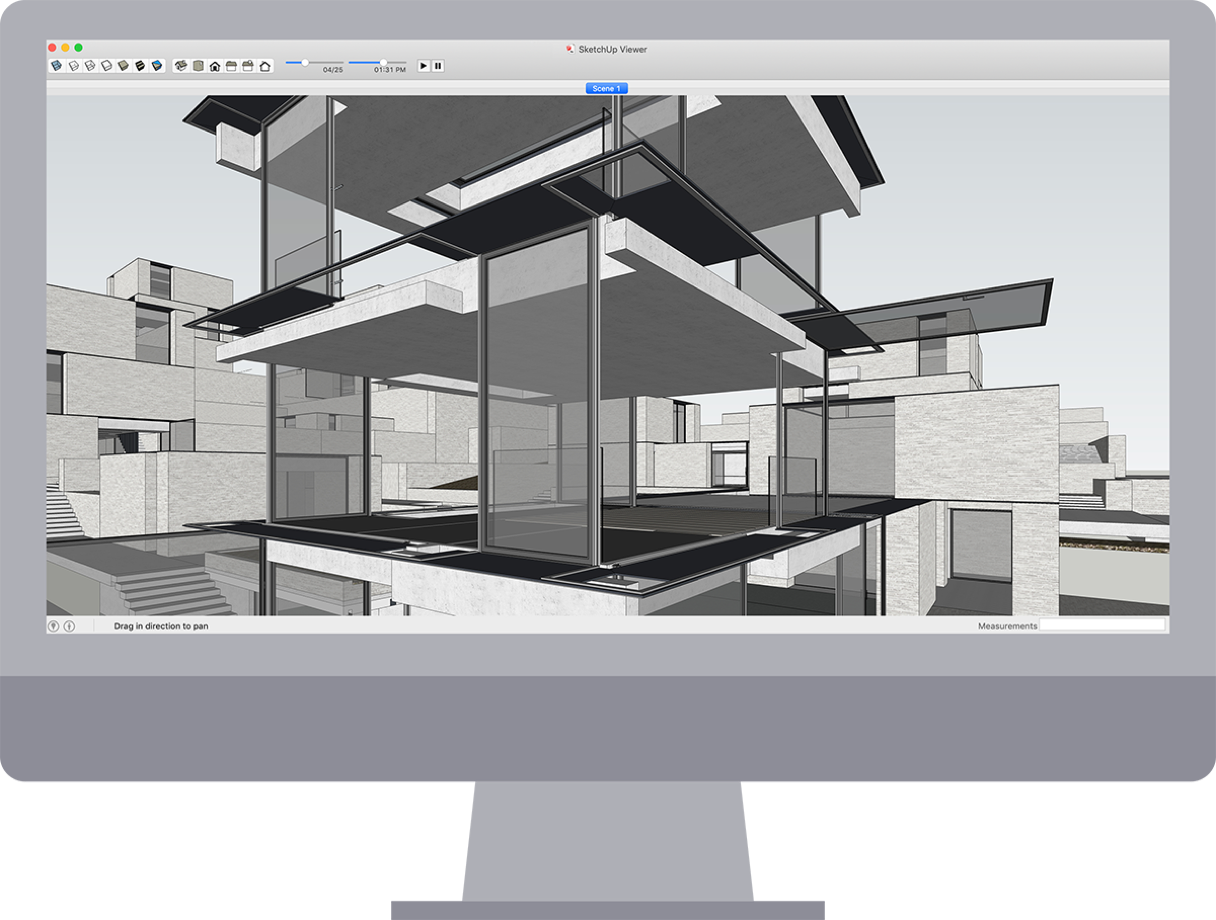


Non-triangular faces and meshes can cause issues when writing textures, as Sketchup materials are optimized for mapping to a triangular face. Using the GeometryValidator transformer may help in such cases. Using the Merge Coplanar Faces parameter with non-planar surfaces may produce undesired results.Alternatively, SketchUp can attempt to repair these surfaces when opening the output SketchUp file. Non-planar surfaces can be repaired using the GeometryValidator transformer.Note that invalid geometry can cause the translation to fail.If the SketchUp file cannot be written, the translation fails.

Feature type fanout can be used to write different SketchUp files to the same dataset folder.If there is an existing SketchUp file in the folder with the same name, it will be overwritten.The SketchUp Writer creates and writes features to a SketchUp (. A complex SketchUp face (a face with holes) will be translated as an FMEDonut wrapped inside an FMEFace.Ī SketchUp Edge is translated into an FMELine segment. skp file for further processing.Ī simple SketchUp faces (a face with no holes) will be translated as an FMEFace. The SketchUp Reader extracts all the geometry in an. The SketchUp Reader produces FME features for geometry data in an. The units will remain linear and represented in the units specified under SketchUp’s Model Info. The latitude-longitude location in the SketchUp model is used to define a custom local tangent plane coordinate system that describes the position of the model on the Earth.


 0 kommentar(er)
0 kommentar(er)
